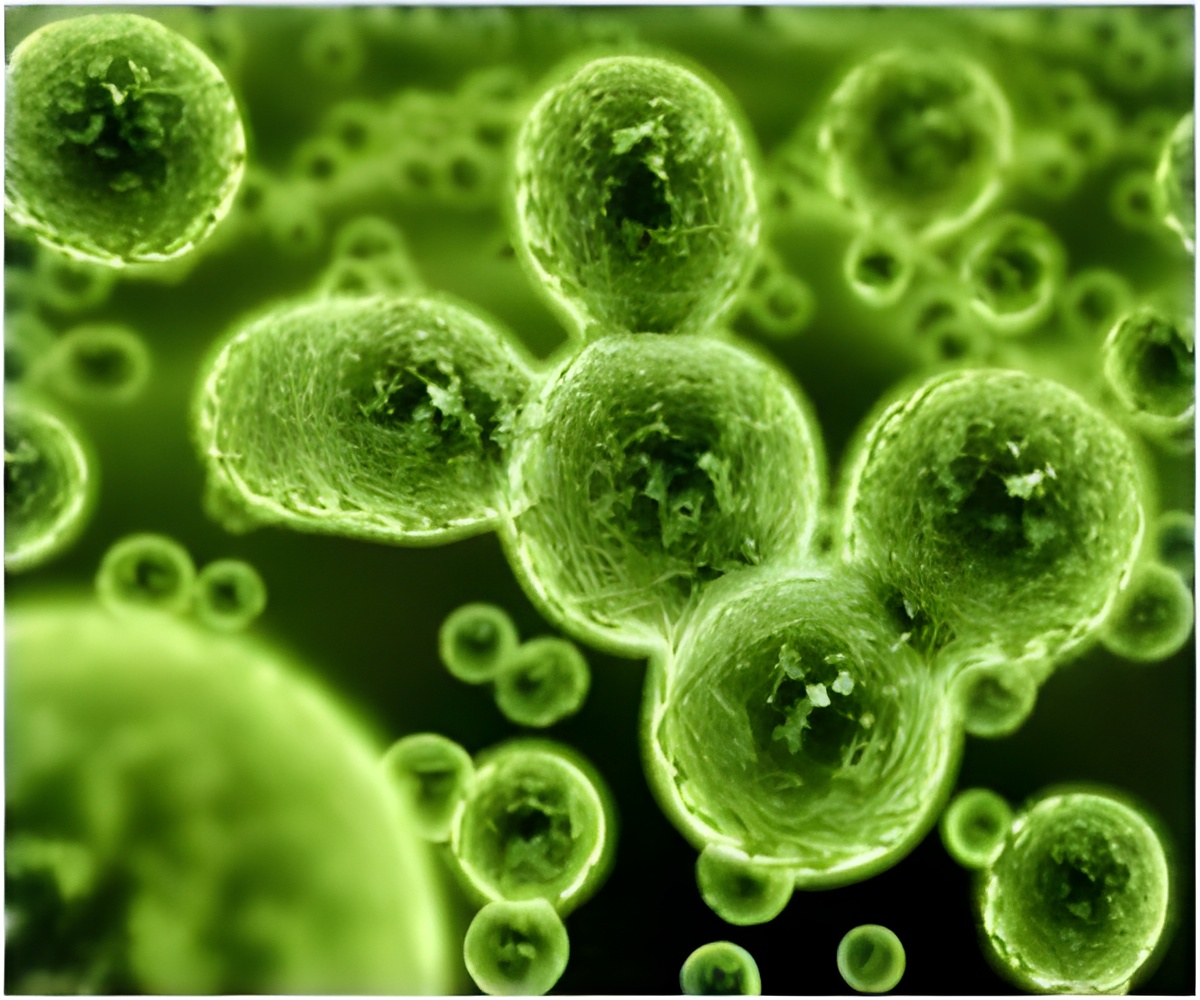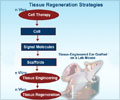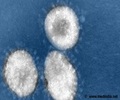
By comparing the genetic differences among 12 VRSA strains available for study, the researchers found that the strains last shared a common ancestor more than 50 years ago, well before the emergence of vancomycin resistance. The gene sequences showed that rather than spreading from person to person, vancomycin resistance appeared anew in each VRSA case. The team found that each VRSA strain acquired a bit of genetic material called transposon Tn1546, which likely came from vancomycin-resistant Enterococcus bacteria that simultaneously infected the patients.
All the VRSA strains belong to the CC5 family, or clade, of Staphylococcus. The CC5 clade is usually found in antibiotic-resistant hospital-acquired staph infections. The genome data showed that CC5 clade strains lack the ability to make a natural antibacterial colonizing factor, which is why they can co-exist with Enterococcus. The study also revealed that CC5 strains make proteins that disrupt a variety of human immune responses and allow the bacteria to flourish, increasing the odds that resistance factors will be transferred from Enterococcus to Staphylococcus bacteria in a mixed infection.
The genomes provided clues as to why person-to-person spread of VRSA has not become common. Without the ability to make or resist the antibacterial colonizing factor, CC5 clade members are at a disadvantage in any encounter with other naturally occurring staph strains that normally live on the skin and that do produce this factor.
Source-Eurekalert












